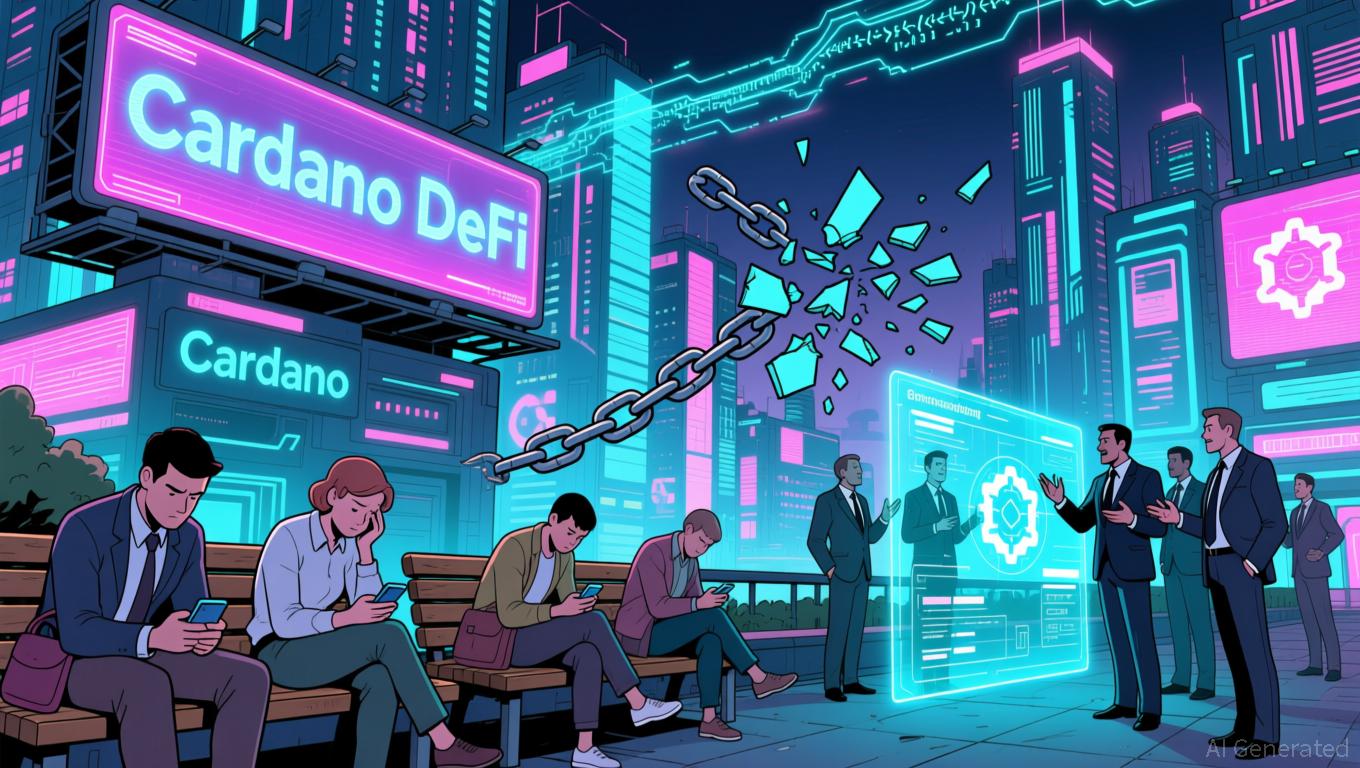Partisan Stalemate Results in $14 Billion Losses and 42 Million Facing Hunger as Shutdown Hits 35 Days
- U.S. government shutdown hits 35 days, matching historical record as partisan gridlock disrupts services for millions. - 42 million Americans face food aid delays under SNAP, with states using emergency funds amid federal funding disputes. - Economy risks $7B-$14B loss as shutdown extends, with GDP growth projected to drop 1-2% depending on duration. - Air traffic delays and unpaid federal workers highlight human costs, while political leaders blame each other for stalemate. - Trump administration oppose
On November 4, 2025, the U.S. government shutdown reached its 35th day, matching the record for the longest shutdown ever, as ongoing partisan conflict between Democrats and Republicans continues to disrupt essential services for millions across the country. With no compromise in sight, the shutdown’s economic and social repercussions are escalating, ranging from interruptions in food assistance to widespread flight delays, and an estimated economic loss of $7 billion to $14 billion, according to
The most urgent issue involves the Supplemental Nutrition Assistance Program (SNAP), which supports 42 million Americans with low incomes. After the Trump administration suspended benefit payments due to a lack of allocated funds, a November 1 payment deadline was missed. Although a federal judge ordered the USDA to use emergency reserves to cover the benefits, the administration resisted, arguing those funds are intended for crises such as natural disasters. While states led by Democrats, including New York and Maryland, have provided emergency funding, SNAP recipients nationwide remain uncertain about future payments.

The shutdown has intensified existing economic pressures. The CBO projected that a shutdown lasting four weeks could lower GDP growth in the fourth quarter by 1 percentage point, and if it extends to eight weeks, the impact could reach 2 percentage points. The CBO also warned of potential permanent economic losses, estimating unrecovered GDP between $7 billion and $14 billion, depending on how long the shutdown lasts. Meanwhile, companies such as ICF International have reported direct financial setbacks, with monthly profits dropping by $2.5 million due to delays in federal contracts, as noted by
The transportation sector has also been significantly affected. Air traffic controllers, who have been working overtime without pay, have caused major flight delays at key airports in cities like Boston, New York, and Dallas. The FAA has reported that several airports are experiencing average delays of two hours or more because of worsening staff shortages, according to
On the political front, there is little indication of progress. House Speaker Mike Johnson and Senate Republican leaders have placed the blame on Democrats, while Senate Minority Leader Chuck Schumer has accused the Trump administration of deliberately withholding $5 billion in emergency funds. President Trump has urged Republicans to abolish the Senate’s 60-vote filibuster rule to resolve the shutdown, a proposal that moderate Republicans such as Lisa Murkowski and John Cornyn have opposed, as reported by the
The human impact of the shutdown is becoming more apparent. Federal employees, including air traffic controllers and park rangers, are struggling financially without pay, while families dependent on SNAP and Head Start programs are left in uncertainty. As the impasse continues, the consequences grow more severe: a prolonged shutdown threatens to worsen economic hardship and further challenge a political system already strained by deep partisan divisions.
Disclaimer: The content of this article solely reflects the author's opinion and does not represent the platform in any capacity. This article is not intended to serve as a reference for making investment decisions.
You may also like
Cardano News Today: Cardano’s DeFi Challenges: Lack of User Engagement and Issues in Governance
- Cardano founder Charles Hoskinson blames user apathy for DeFi stagnation, citing low TVL ($262M) compared to Solana ($11.17B) and Ethereum ($84.22B). - He emphasizes governance/coordination gaps over technical flaws, noting 1. 3M stakers hold $15B but lack liquidity participation despite stablecoin availability. - Cardano's roadmap prioritizes Bitcoin interoperability and real-world finance via projects like Midnight and RealFi to unlock ADA/BTC liquidity. - Market skepticism persists as ADA drops 6.2% a

Bitcoin News Update: Robinhood Investors Profit While Crypto Community Seeks Unity
- Robinhood's VP Shiv Verma stated the firm is cautiously evaluating crypto treasury adoption, prioritizing shareholder value over community alignment. - Q3 2025 crypto revenue surged 339% to $268M, driven by $80B trading volume and new token listings like SEI. - While 200+ firms hold $121B in crypto treasuries, Robinhood focuses on product innovation and international expansion instead. - The company's 26.8M funded accounts highlight its appeal to growth-oriented investors amid industry divergence in cryp

XRP News Today: Rising Number of XRP Wallets Sparks Optimism for Crypto Summer as Institutions Increase Investments
- XRP sees 21,595 new wallets in 48 hours, Santiment's largest surge in eight months, as price rebounds from $2.2 support. - Technical indicators show bullish RSI divergence and potential reversal patterns, with $2.6 resistance as key hurdle. - Ripple's $500M institutional investment and Mastercard-led RLUSD integration boost XRP's institutional adoption and regulatory clarity. - Ethereum's ecosystem expansion and potential XRP ETF listings amplify crypto summer optimism amid Fed's QE expectations.

Zinc's Decline: An Early Warning Sign for the Crypto Industry
- Digital asset treasuries face sharp sell-offs as investor confidence wanes, with the S&P GSCI Zinc Index dropping 1.56% on Nov 5, 2025. - The zinc index's volatility mirrors crypto market declines, signaling a shift to safer assets amid regulatory uncertainty and macroeconomic pressures. - SEC actions against crypto platforms have intensified market jitters, with analysts warning of cascading liquidations if declines persist. - Zinc's performance now serves as a key barometer for digital asset risk, refl
